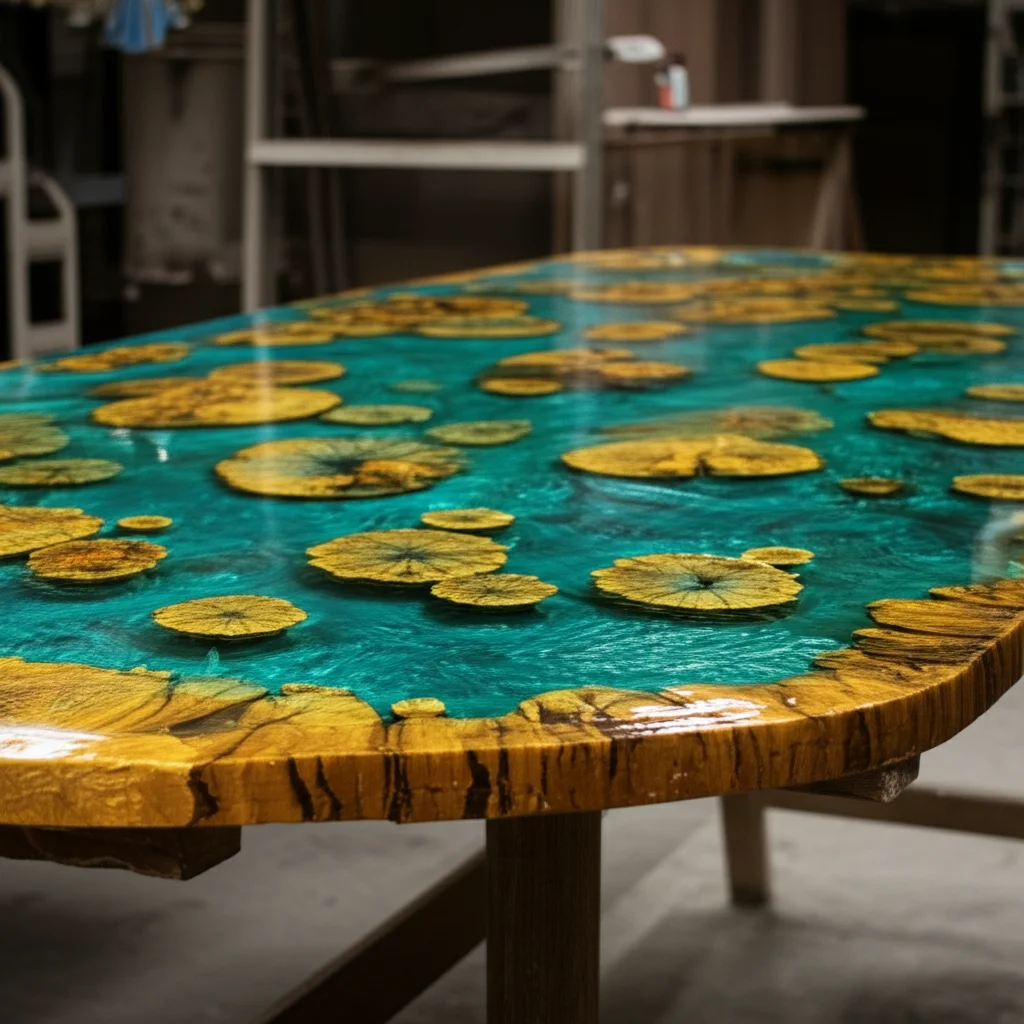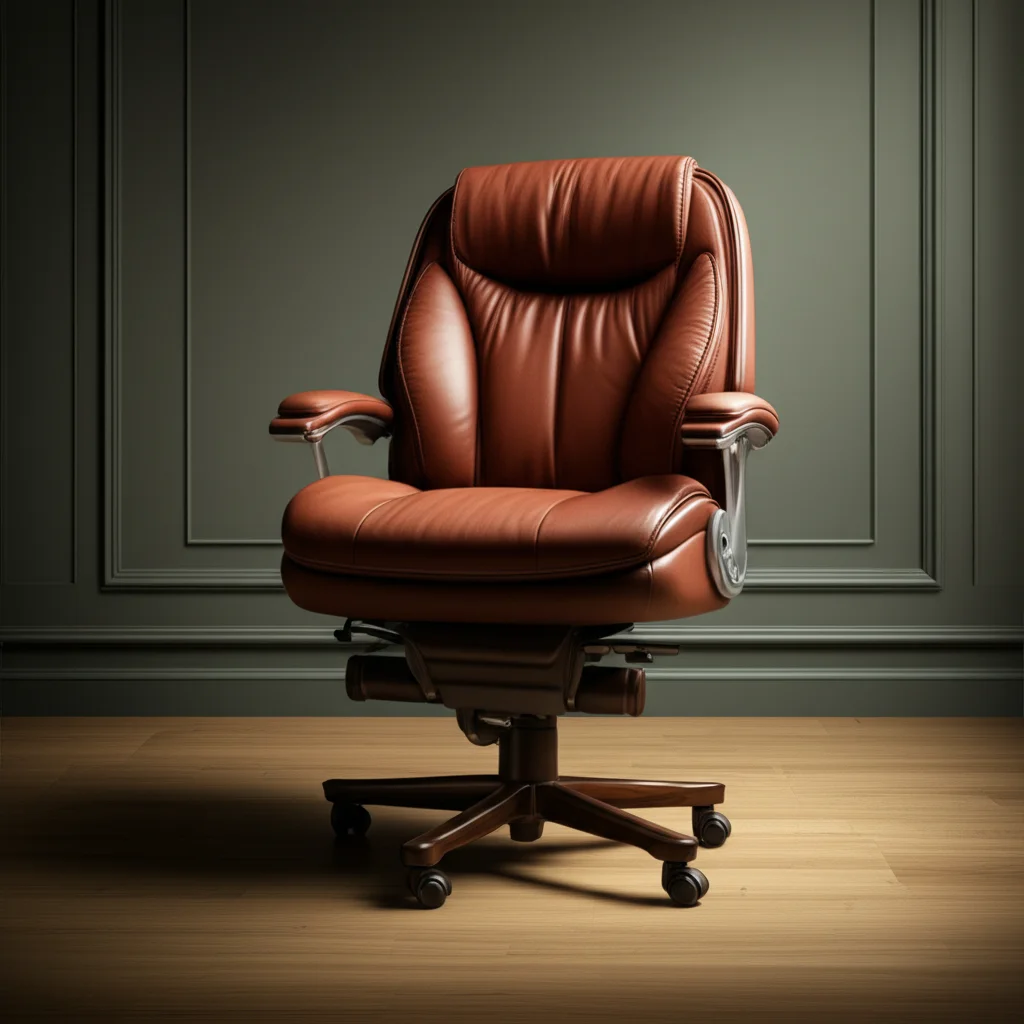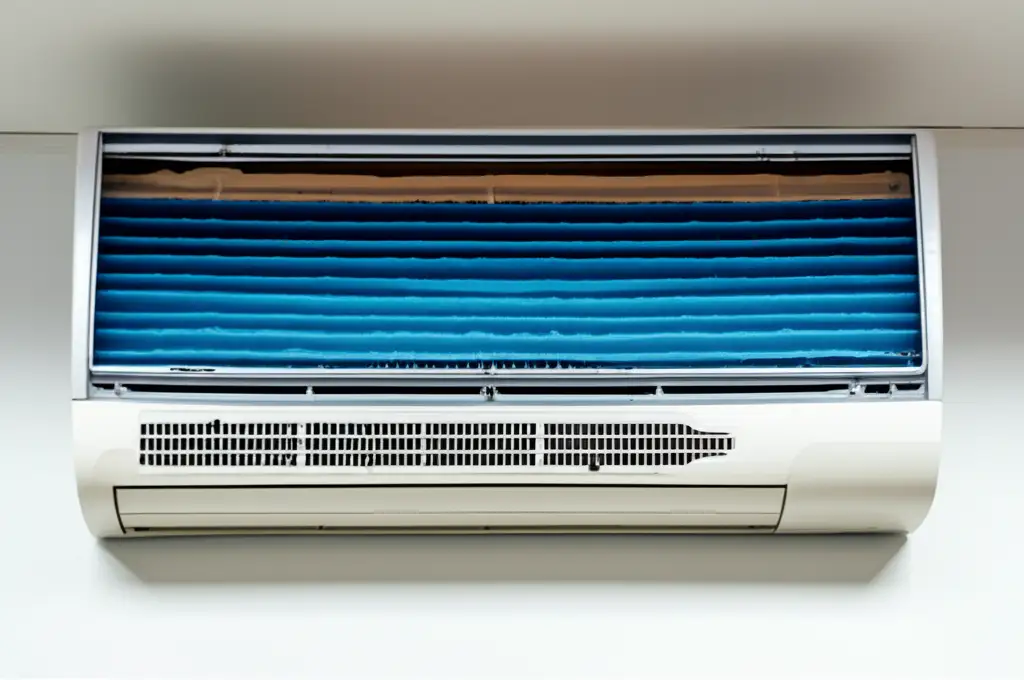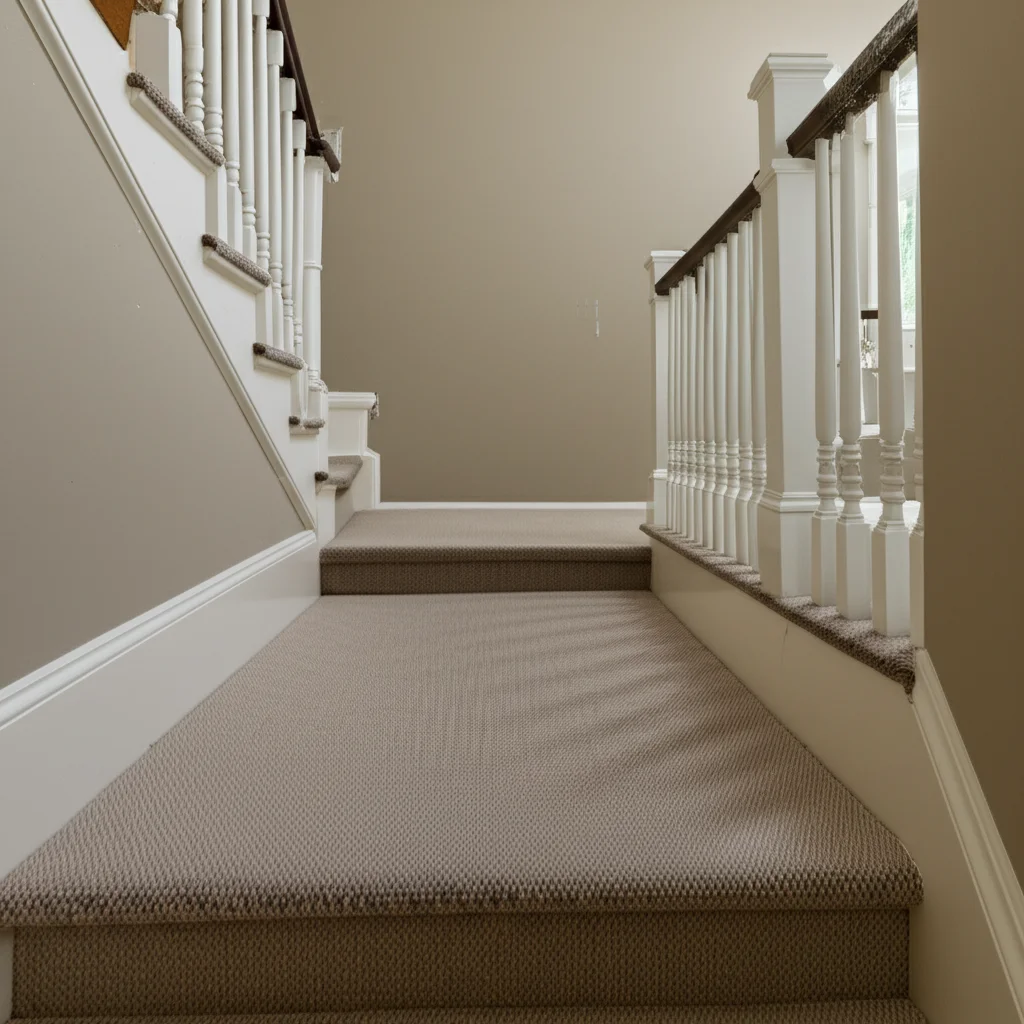· Todd Martin · Home Improvement · 19 min read
How To Repair Epoxy Table Top

How To Repair Epoxy Table Top: A Complete Guide
Is your beautiful epoxy table top showing signs of wear? Perhaps it has scratches, chips, or a dull finish. Do not worry. Restoring its original appeal is simpler than you think. Epoxy table tops are durable, but they can still suffer damage over time. Learning how to repair epoxy table top issues can save you money and keep your furniture looking its best.
This article provides a complete guide. We will explore common epoxy table top problems. We will show you the right tools and materials. You will learn step-by-step how to fix minor scratches, deep gouges, and cloudy spots. Get ready to bring your epoxy table top back to life.
Takeaway
- Identify the specific type of damage to your epoxy table top.
- Gather the correct tools and materials before starting any repair.
- Follow specific steps for fixing minor scratches, chips, or dullness.
- Always ensure proper surface preparation for a lasting repair.
- Maintain your epoxy table top regularly to prevent future damage.
How do you repair an epoxy table top?
To repair an epoxy table top, you must first identify the damage type. For minor scratches, use a fine abrasive and polishing compound. For chips or deep gouges, fill the area with a new, properly mixed epoxy resin. For dullness, wet sand and then buff the surface. Always clean the area first.
Understanding Common Epoxy Table Top Damage
Epoxy table tops are quite tough. Still, everyday use can cause issues. Knowing the type of damage helps you pick the right repair method. Different problems need different fixes. You cannot treat a scratch like a large chip.
Surface scratches are very common. They happen from sliding objects or light impacts. These scratches often appear as fine lines. They are usually not deep. Minor scuffs can also make the surface look old.
Dull spots or cloudiness can also appear. This happens from chemical exposure or improper cleaning. Heat damage might also cause white marks. Sometimes, the epoxy loses its clear, shiny look. This makes the table appear less vibrant.
Deeper damage includes chips and gouges. These are more serious. A chip means a small piece of epoxy broke off. A gouge is a deep cut or indentation. These types of damage expose the material underneath. They need more extensive repair work.
Sometimes, bubbles form in the epoxy after curing. This is less common but can happen. This means air got trapped during the original pour. You can fix these, but it needs specific tools and a careful hand. Fixing bubbles in cured epoxy is a different process than surface repairs.
Understanding the problem is the first step. Look closely at your table. Decide if it is a surface flaw or something deeper. This decision guides your repair journey.
Essential Tools and Materials for Epoxy Repair
Before you start any epoxy table top repair, you need the right items. Having everything ready saves time and ensures a smooth process. Do not begin without a full supply list. Using the correct tools makes the job easier and leads to better results.
First, you need cleaning supplies. Isopropyl alcohol is good for removing dirt and oils. Microfiber cloths work well for cleaning. Make sure the surface is spotless. A clean surface helps the new epoxy stick properly.
For sanding and polishing, you will need various grits of sandpaper. Start with coarser grits like 220 or 400 for deeper damage. Move to finer grits like 600, 800, 1000, 1500, and even 2000. Wet/dry sandpaper is important. A sanding block helps apply even pressure. You will also need a polishing compound. A buffing pad or a soft cloth helps apply the compound. An orbital sander can speed up large areas.
For filling chips and gouges, you need a small amount of new epoxy resin. Choose a clear casting or coating epoxy. Make sure it matches your table’s original finish. You will also need mixing cups and stir sticks. A plastic spreader or small spatula helps apply the epoxy. Disposable gloves protect your hands. Safety glasses shield your eyes from splashes.
If you are dealing with very small repairs, a syringe can help. It allows precise application of epoxy. A heat gun or butane torch can remove tiny bubbles. Be careful when using heat. Too much heat can damage the epoxy.
For general cleanup, have paper towels and rags ready. Acetone or denatured alcohol can clean epoxy off tools. Cleaning epoxy resin off tools helps keep your equipment usable. Always read the instructions on your epoxy resin kit. Different brands might have specific mixing ratios or curing times. Good ventilation is also a must. Open windows or use a fan in your work area.
Step-by-Step Repairing Minor Scratches and Scuffs
Minor scratches and scuffs are common on epoxy table tops. They make the surface look dull. Luckily, these are often easy to fix. You do not need to re-coat the entire table. A simple polishing process can make them disappear.
First, clean the entire table top thoroughly. Use isopropyl alcohol and a clean microfiber cloth. Remove all dirt, grease, and fingerprints. A clean surface ensures no particles get trapped during sanding or polishing. Any debris can cause new scratches.
Next, wet sand the scratched area. Start with a relatively fine grit sandpaper, like 600 or 800-grit. Keep the sandpaper and the table surface wet. Sand in small circular motions. Apply light pressure. The goal is to smooth out the scratch. Do not sand too aggressively. You are only trying to level the scratch with the surrounding surface.
After using the first grit, move to progressively finer grits. Use 1000-grit, then 1500-grit, and finally 2000-grit sandpaper. Always keep the area wet. Each finer grit removes the sanding marks from the previous one. This creates a very smooth, hazy surface. Rinse the table top between each grit change. Make sure no abrasive particles remain.
Once sanding is complete, the area will look dull. This is normal. Now it is time to polish the surface. Apply a small amount of plastic or car polishing compound to a clean microfiber cloth or a buffing pad. Work the compound into the sanded area in small circular motions. Apply moderate pressure. The compound will restore the shine.
Keep polishing until the dullness disappears and the scratch is gone. You might need to repeat the polishing process a few times. Use a fresh part of the cloth as you go. Finally, wipe the entire table top clean with a fresh, damp microfiber cloth. Admire your newly restored, scratch-free epoxy surface. This method works well for surface imperfections.
Fixing Chips and Deep Gouges in Epoxy
Chips and deep gouges are more significant damage types. They need a different approach than simple scratches. These repairs involve refilling the damaged area with new epoxy. This process can restore the table’s structural integrity and appearance.
Start by preparing the damaged area. Clean the chip or gouge thoroughly. Use isopropyl alcohol and a clean cloth. Remove any loose bits of epoxy or debris. The area must be completely free of contaminants. Use a small brush or toothpick to clean deep inside the gouge. A clean surface ensures the new epoxy bonds well.
Next, you need to mix your new epoxy resin. Use a high-quality clear casting or coating epoxy. Read the product instructions carefully. Measure the resin and hardener precisely according to the manufacturer’s ratio. Mix them slowly and thoroughly for several minutes. Scrape the sides and bottom of the mixing cup. Improper mixing leads to a sticky cure or a soft finish. Small batches are often best for these repairs.
Now, apply the mixed epoxy to the chip or gouge. Use a small disposable brush, a toothpick, or a plastic spreader. Apply enough epoxy to slightly overfill the damaged area. The epoxy will level out as it cures. If the chip is very deep, you might need to apply several thin layers. Allow each layer to partially cure before adding the next. This prevents excessive heat buildup.
After applying the epoxy, remove any bubbles. Use a heat gun on a low setting or a small butane torch. Wave the heat source quickly over the surface of the new epoxy. Do not hold it in one spot. The heat will bring trapped air bubbles to the surface. If you want to know more about working with epoxy, you can learn how to seal a table top with epoxy.
Allow the epoxy to cure completely. This usually takes 24-72 hours, depending on the product and temperature. Do not touch the repair during this time. Once cured, the filled area will be slightly raised. You will then need to sand and polish it. Start with 400-grit sandpaper, then move to finer grits (600, 800, 1000, 1500, 2000). Wet sand carefully until the new epoxy is flush with the old surface. Finish by polishing the repaired area with a polishing compound. This will restore the shine.
Restoring Dull or Hazy Epoxy Surfaces
A once-shiny epoxy table top can become dull or hazy over time. This happens due to micro-scratches, cleaning products, or general wear. Restoring its shine is possible. It often involves sanding and then polishing the entire surface. This process removes the top layer of dullness.
First, clean the table top thoroughly. Use a mild soap and water solution. Wipe it down with a clean, damp cloth. Then, use isopropyl alcohol to remove any residues. The surface must be perfectly clean. Any dirt can cause further scratches during sanding.
Next, prepare for wet sanding. You will need a spray bottle of water and various grits of wet/dry sandpaper. Start with 400-grit or 600-grit sandpaper. If the surface is very dull or has minor scratches, start with the coarser grit. If it is only slightly hazy, you can start with a finer grit like 800. Attach the sandpaper to a sanding block.
Wet sand the entire surface. Keep the table and sandpaper wet. Sand in a consistent pattern. Work in small sections. Apply even pressure. You will see a milky residue as you sand. This means you are removing the top layer. Rinse the surface often. Ensure you sand the entire table evenly. Uneven sanding leads to an uneven finish.
After completing the first grit, move to progressively finer grits. Use 800-grit, then 1000-grit, 1500-grit, and finally 2000-grit sandpaper. For an even smoother finish, you can use 3000-grit. Always rinse the table between each grit. Make sure no coarser particles remain. The goal is to achieve a uniformly hazy, smooth surface. The table will not be shiny at this stage.
Now, it is time for polishing. Apply a generous amount of plastic polishing compound or car polishing compound. Use a clean microfiber cloth or a buffing pad attached to an orbital polisher. Work in small sections. Apply the compound evenly. Polish until the hazy appearance disappears. The shine will slowly return.
You may need to repeat the polishing step. Use a fresh cloth or pad. For a mirror-like finish, use a finer polishing compound. Finally, wipe down the table with a clean, damp cloth. The table top should now be clear and shiny. Regular cleaning, like how to clean epoxy countertops, can help maintain this shine.
Dealing with Stubborn Stains and Discoloration
Epoxy table tops are stain-resistant, but not stain-proof. Some stubborn stains or discoloration can occur. These often need specific treatments. Do not use harsh chemicals randomly. Always test cleaning agents in an inconspicuous area first.
For most stains, start with a mild cleaning solution. Mix warm water with a small amount of dish soap. Use a soft cloth to gently wipe the stained area. For regular cleaning, this is usually enough. If the stain remains, move to stronger methods.
Isopropyl alcohol is often effective for many types of stains. This includes ink, markers, and some food stains. Apply a small amount of isopropyl alcohol to a clean cloth. Gently rub the stained area. The alcohol helps lift the stain without harming the epoxy. Wipe clean with a damp cloth afterward.
For very tough stains, like dried paint or super glue, you might need acetone. Use acetone with extreme caution. It is a strong solvent. Apply a tiny amount to a cotton swab. Dab only the stained spot. Do not rub or spread it. Acetone can soften or dull epoxy if left on too long. Immediately wipe the area with a damp cloth. Then, clean with soap and water. If the area becomes dull, you might need to polish it afterward.
Yellowing or discoloration can happen over time, especially with clear epoxy exposed to UV light. This is harder to fix. If the yellowing is deep within the epoxy, you might need to sand down the affected layer and re-coat. This is a significant repair. This process is similar to applying a new epoxy finish, where you would first clean and then pour a fresh layer. To understand the re-coating process better, you can explore how to seal a table top with epoxy.
Sometimes, heat marks appear as white cloudy spots. These are caused by hot objects placed directly on the epoxy. You can try polishing these out with a fine polishing compound. For more severe heat marks, you may need to wet sand the area. Start with fine sandpaper (e.g., 1000-grit) and then polish.
Always work in a well-ventilated area when using strong solvents. Wear gloves and eye protection. Preventing stains is always better than removing them. Use coasters and trivets. Clean spills immediately.
Preventing Future Epoxy Table Top Damage
Repairing an epoxy table top is rewarding. However, preventing damage is even better. A little care goes a long way. Proper maintenance keeps your table looking new for years.
First, use coasters and trivets. Hot mugs and dishes can leave white heat marks. These marks are hard to remove. Coasters protect against liquid rings and heat. Trivets protect against hot pots and pans. Always place a barrier between hot items and your epoxy surface.
Second, clean your epoxy table top regularly. Use mild soap and warm water. A soft microfiber cloth is ideal. Avoid abrasive cleaners, harsh chemicals, or rough scrubbers. These can scratch the surface or dull the finish. Many household cleaners contain ammonia or bleach. These chemicals can degrade epoxy over time. For specific guidance, you can refer to tips on how to clean epoxy countertops, as the principles are very similar.
Third, avoid sharp objects. Do not cut directly on the epoxy surface. Use a cutting board. Knives and other sharp tools can easily scratch or gouge the epoxy. Even sliding heavy ceramic objects can cause damage. Lift heavy items instead of dragging them.
Fourth, protect from UV light. Direct sunlight can cause clear epoxy to yellow or become brittle over time. If your table is near a window, consider using blinds or curtains. Applying a UV-resistant topcoat during the initial sealing process can help. If you’re considering creating a new table, remember that proper sealing, as discussed in how to seal a table top with epoxy, includes protecting against UV.
Fifth, address spills immediately. Epoxy is resistant to many liquids, but some can stain or etch the surface if left for too long. Acids from food, like lemon juice or vinegar, can cause damage. Wipe up spills right away with a damp cloth.
Finally, inspect your table regularly. Look for minor scratches or dull spots. Early detection allows for small, easy repairs. Polishing out a minor scratch is much simpler than fixing a deep gouge. By following these simple steps, your epoxy table top will stay beautiful and last longer.
When to Seek Professional Epoxy Repair
While many epoxy table top repairs are DIY-friendly, some situations need a professional. Knowing when to call an expert saves you time and prevents further damage. Do not hesitate to seek help for severe problems.
One reason to call a professional is for extensive cracking or delamination. If the epoxy is cracking throughout the entire surface, or if it is peeling away from the base material, this is a major issue. This could mean the original epoxy was improperly mixed. It might also point to problems with the underlying substrate. These issues need specialized tools and knowledge to fix correctly. A professional can assess the cause and recommend a full re-pour if necessary.
Another situation is widespread deep yellowing or discoloration. While minor yellowing can sometimes be polished, severe and deep yellowing, especially across the whole table, often means the epoxy itself has degraded significantly. This is common with lower-quality epoxies not designed for UV exposure. Fixing this means sanding off the entire epoxy layer and applying a new one. This is a large job, usually best left to someone with experience. This is similar to starting a new project, like when you make a live edge table with epoxy, where the entire surface needs careful preparation and pouring.
Structural damage to the table top itself also warrants professional help. If the wood underneath the epoxy is warped, cracked, or water-damaged, the epoxy repair will not hold. The underlying structure needs fixing first. For instance, if your table had water damage to the underlying wood, the repair would be much more involved than just the epoxy surface. Repairing a water-damaged laminate table top, as discussed in how to repair water damaged laminate table top, shares principles with fixing water-damaged substrates beneath epoxy.
If you have valuable or antique furniture with an epoxy finish, always consult a professional. Mistakes during DIY repair could reduce its value. An expert understands how to preserve the piece. They have the right tools and techniques for delicate work.
Finally, if you feel uncomfortable with the repair process or lack the necessary tools, it is okay to hire someone. Epoxy work needs precision. Improper mixing or application can lead to more problems. Professionals have the experience to get it right the first time. They also have specialized equipment for large sanding and polishing jobs. Getting help ensures your table is restored properly.
DIY vs. Professional Epoxy Table Top Repair
Deciding between doing it yourself and hiring a professional can be hard. Both options have benefits. Your choice depends on the damage, your skills, and your budget. Consider these points before you start.
DIY Epoxy Repair:
- Cost Savings: Doing it yourself is usually cheaper. You only pay for materials. You save on labor costs.
- Minor Damage: DIY is great for small scratches, minor chips, or light dullness. These problems are manageable with basic tools.
- Learning Experience: You gain new skills. It can be satisfying to fix something yourself.
- Time Commitment: DIY projects take time. You must learn the steps. You need to gather materials. The repair itself needs patience.
- Risk of Error: Mistakes can happen. Improper mixing or application can make the damage worse. This might lead to higher professional repair costs later.
Professional Epoxy Repair:
- Expertise: Professionals have training and experience. They know how to handle complex issues. They use specialized tools.
- Major Damage: For deep cracks, widespread delamination, or severe yellowing, professionals are the best choice. They can perform full re-coats.
- Quality Finish: Experts often achieve a flawless, factory-like finish. They have techniques for perfect leveling and bubble removal.
- Time Saving: Hiring a professional saves you time. You do not need to research or do the physical work.
- Higher Cost: Professional repair costs more due to labor and specialized materials.
- Guaranteed Work: Many professionals offer warranties on their work. This gives you peace of mind.
For simple issues like a few fine scratches or a small dull patch, I would always suggest trying the DIY method first. It is cost-effective. It is also a simple process. The tools are easy to find. However, if your table has a large crack, a very deep gouge, or widespread yellowing, consider a professional. If the table is valuable, or if you feel unsure about your skills, hire an expert. They can ensure the best outcome for your epoxy table top.
FAQs About Epoxy Table Top Repair
What causes an epoxy table top to get dull?
Epoxy table tops often get dull from micro-scratches over time. These scratches happen from daily use, cleaning with abrasive materials, or sliding objects. Chemical exposure from harsh cleaners or spilled liquids can also degrade the surface, causing haziness or a cloudy appearance. Poor maintenance also leads to dullness.
Can you put new epoxy over old epoxy?
Yes, you can put new epoxy over old epoxy. The surface must be clean and properly prepared first. Lightly sand the old epoxy with fine-grit sandpaper (e.g., 220-400 grit) to create a mechanical bond for the new layer. Clean thoroughly with isopropyl alcohol. Then, pour the new, mixed epoxy as usual.
How do you fix sticky epoxy?
Sticky epoxy means the resin and hardener were not mixed correctly. This often happens due to incorrect ratios or insufficient mixing. To fix it, you can sometimes sand down the sticky layer completely. Then, clean the surface well and apply a fresh, properly mixed batch of epoxy resin. Ensure precise measurements and thorough mixing this time.
How long does epoxy table top repair take?
The time for epoxy table top repair varies. Minor scratch removal might take an hour or two for cleaning, sanding, and polishing. For chips or gouges, the application takes less than an hour, but the epoxy needs 24-72 hours to cure fully. Larger restoration projects, like re-coating an entire dull surface, can take several days due to multiple sanding steps and cure times.
Can you fix an epoxy table top that has yellowed?
Fixing yellowed epoxy depends on the severity. For slight yellowing, a thorough sanding and polishing can sometimes remove the surface discoloration. For deep, widespread yellowing caused by UV degradation, the only complete solution is to sand off the entire yellowed layer and pour a new, UV-resistant epoxy topcoat. This is a major repair.
Conclusion
Restoring your epoxy table top is an achievable goal. You now know how to repair epoxy table top issues. Whether it is a small scratch, a deep chip, or a dull finish, there are effective steps to bring back its original beauty. I have shown you the necessary tools, explained different repair methods, and discussed preventative measures. Remember, proper preparation is key to a lasting repair.
By following these guidelines, you can extend the life of your furniture. You save money by avoiding costly replacements. Do not let minor damage detract from your home. Take action today. Gather your tools and bring that epoxy table top back to its shiny, clear best. Your efforts will result in a beautifully restored surface that you can enjoy for years to come.





